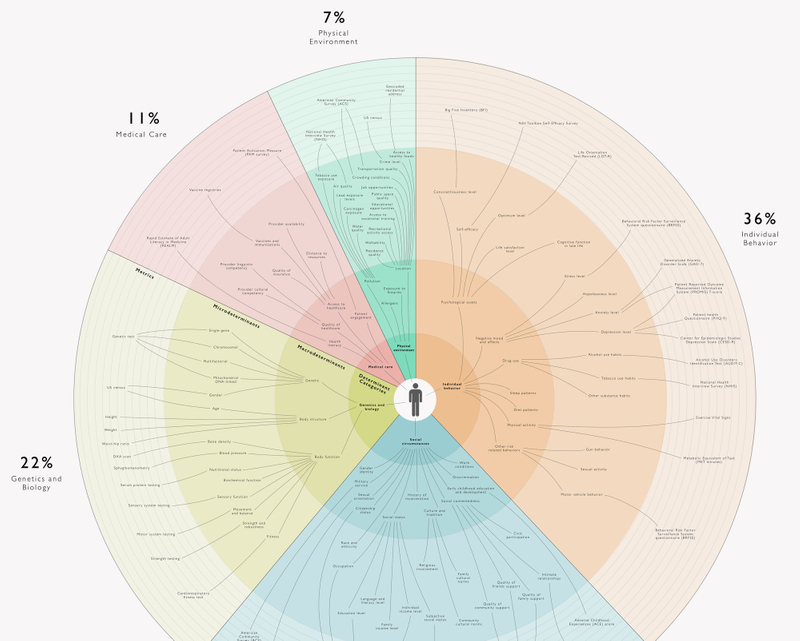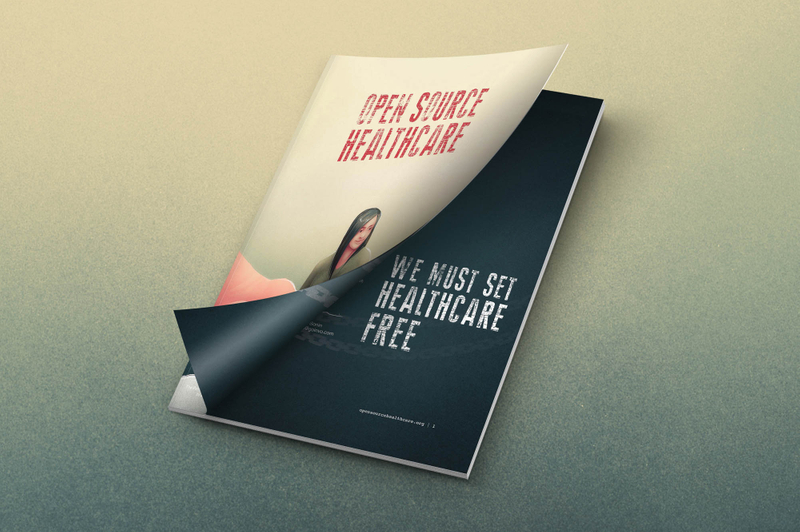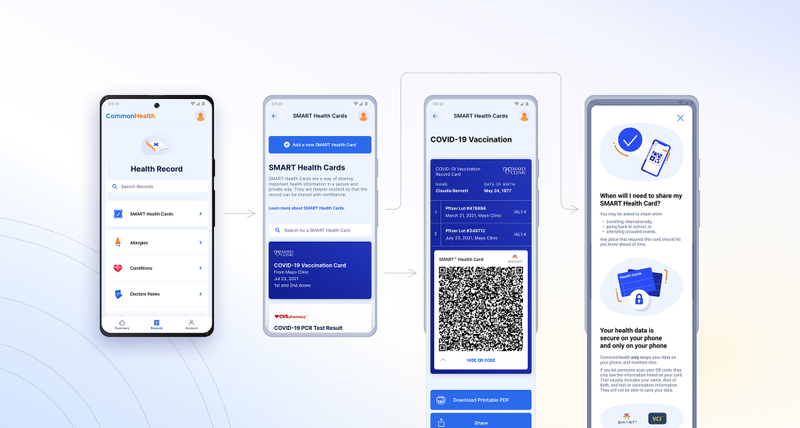
Vaccination Cards for the Nation
for CommonHealth
Problem
The Commons Project needed an infusion of design across their product and services to explore and define the future of patient data access and use.
Solution
We created a flexible project model to work closely with The Commons Project team on a variety of projects as needed, e.g., informed patient data sharing, a design review of their current app, and groundwork thinking on verifiable vaccination records.
Results
For each focus area, we built crucial design steps into the fast-paced timeline: research, concept creation, design and prototyping, small-scale user feedback, iteration, documentation, and delivery. Our feedback and design work on verifiable vaccination records contributed to VCI's SMART Health Card initiative.
Time: 1.2 designers for 5 months
Tags: Patient Engagement, Health IT & Infrastructure, Open Source
SMART Health Cards GitHubProcess
CommonHealth is an Android app that helps patients gather their medical data on their phones, empowering them to take more ownership over their health and manage their health data as they see fit. Created by the nonprofit The Commons Project, CommonHealth puts patient privacy first by storing data on the individual’s personal device rather than in the cloud. It also does not sell, share, or use patient data for marketing or advertising without the patient’s informed consent1. Given GoInvo’s decade-long endeavor to give patients access and ownership of their health data, this engagement was a perfect fit. Our studio’s values are strongly aligned with The Commons Project, whose core principles are human-centricity, interoperability, responsible stewardship, and equitable access2.
Our goals were to review the existing app design for CommonHealth and develop new exploratory designs from multiple angles. For this project, we integrated closely into The Commons Project team and tackled areas of interest in two to six week bursts, a flexible model crafted to accommodate their particular needs.
Our work primarily spanned the following areas:
- Patient Data Sharing: developed designs and prototypes around informed patient data sharing
- UI/UX Design Review: performed a review of the CommonHealth app and identified areas for improvement
- Clinical Notes and Insurance Data: investigated what new data would be available via FHIR R4 and conducted research and design on how to present this information to patients using the CommonHealth app
- Verifiable Vaccination Records and Test Results: contributed to and developed groundwork thinking on how patients obtain and share their vaccination records
For each of the main projects, we infused our fast-paced timeline with crucial design steps: research, concept creation, design and prototyping, small-scale user feedback, iteration, documentation, and delivery. Thanks to our experience with a wide range of healthcare products and services, we were able to provide tactical as well as strategic support. We handled everything from identifying data elements that FHIR R4 resources would support to envisioning the patient experience of learning about and receiving their vaccination records.
On the Cutting Edge of Vaccination Record Sharing
Over an 8-week period, we dove into the emerging effort to create verifiable test results and vaccination records, motivated by the public health challenges posed by COVID-19. As the world grappled with necessary changes in international travel policies, global players like the International Air Transport Association (IATA) and hundreds of local players like CLEAR Health Pass began working on solutions. The early consensus was that airlines and country borders needed a way to check each traveler’s COVID-19 status to make sure they were safe to travel. This could be done by showing a recent PCR or antigen test result or a vaccination record. A crucial challenge was verification: the legitimacy of the source, absence of tampering, etc.
The Verifiable Clinical Information Initiative (VCI) developed a solution to this problem through SMART Health Cards (SHC), an open source project. As a founding member of the VCI, The Commons Project helped develop and productionize SMART Health Cards (SHC) in collaboration with partners including Epic, Microsoft, MITRE, Apple, and many more. The Commons Project brought us into these foundational conversations and asked us to explore and envision the SHC patient experience.
Defining an Evolving National Effort
Early on, we worked with The Commons Project to grasp the many moving parts of the effort to help patients access and use their verifiable vaccination and test result records. We had to understand the technical abilities and limitations of the new verifiable record data standard (SMART Health Cards). We explored how people might interact with these verifiable records and mapped out potential hurdles to a smooth user experience.
It was immediately apparent that the user experience would be difficult to control. The verifiable record effort involved several different parties: the partners contributing to the development of SMART Health Cards, patient apps, COVID testing and vaccination sites, state and city government efforts, and more. The following diagram illustrates early thinking on how people could access these new records:
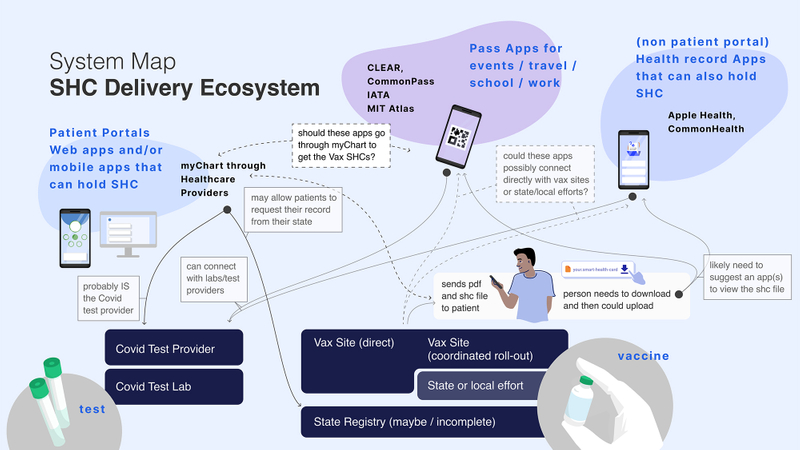
The complexity of the diagram is telling. This stems from a few key challenges:
- The industry did not settle on one standard (e.g., SMART Health Cards) as the single, universally accepted verifiable record type.
- There were major discrepancies in what vaccination data was gathered, what was retained, or whether it remained accessible from state to state.
- Given the project’s nature as a joint effort rather than a top-down approach, no single entity had the authority to require states, testing and vaccination centers, other healthcare providers, or other industry players to provide SHCs or inform patients about SHCs in a standard way or at all.
Designing the Patient Experience
As a secure and patient-centric health record app, CommonHealth was a promising place to store verifiable health records. We researched, designed, prototyped, tested, and iterated designs around patients adding these verifiable records to their CommonHealth app. Through this effort, we explored public sentiment around having to show health records for access to travel and more. We considered the value of verifiable records outside of the COVID-19 use cases, such as students needing to share immunization records with their schools. We also dug into the mental model around these new records—how should people hear about these verifiable records, and how should the records be organized in and added to CommonHealth? In a round of small-scale user feedback, we performed task testing and gathered qualitative input on the designs.
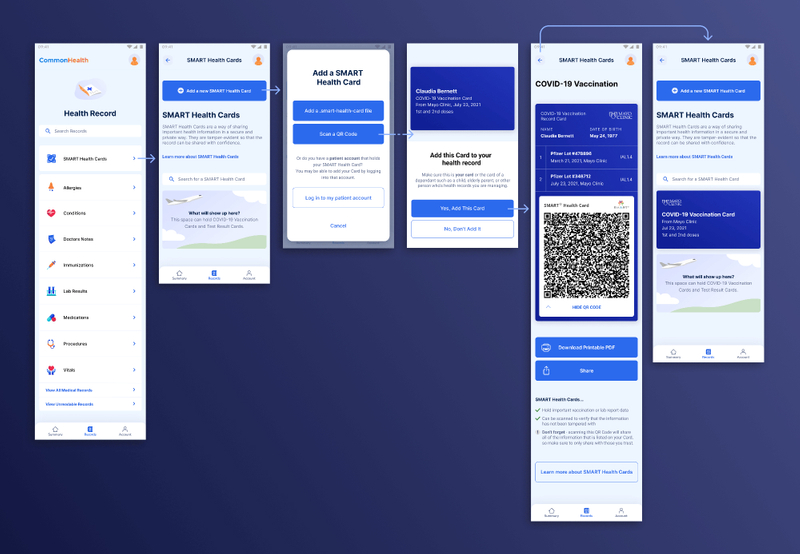 Key screens from our proposed designs for adding SMART Health Cards (verifiable records) into the CommonHealth app, eventually scaled down during implementation.
Key screens from our proposed designs for adding SMART Health Cards (verifiable records) into the CommonHealth app, eventually scaled down during implementation.
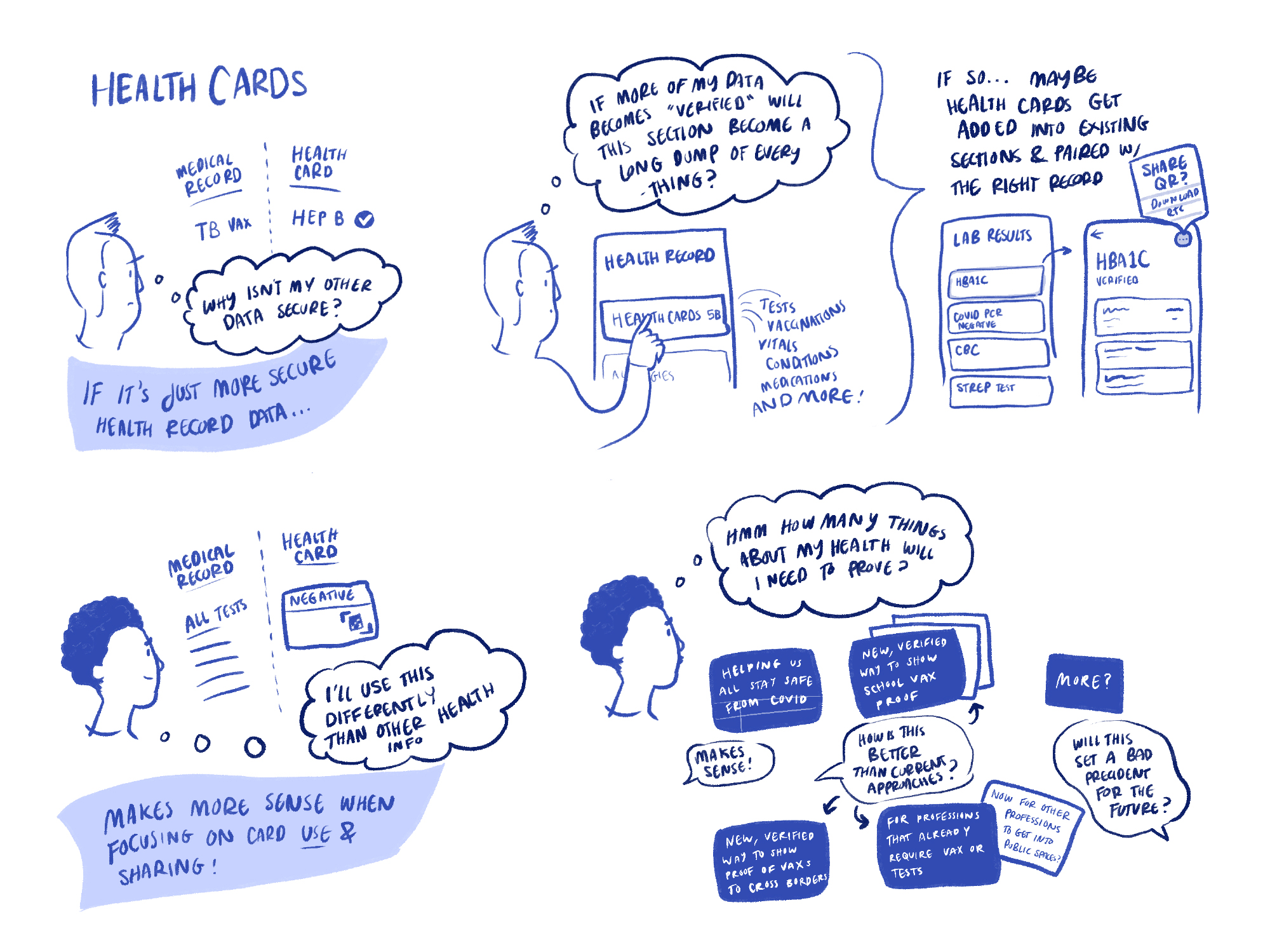 An early sketch exploring mental models around how we categorized these new verifiable vaccination and test result records - whether they should be grouped with or separate from non-verifiable vaccination and test result records. What concerns might individuals have?
An early sketch exploring mental models around how we categorized these new verifiable vaccination and test result records - whether they should be grouped with or separate from non-verifiable vaccination and test result records. What concerns might individuals have?
Insights
1. The power of small-scale user testing
Nielsen Norman advocates for smaller and more frequent tests with users over single large-scale testing. Interviewing at least five participants can be sufficient to get a general feedback pulse. While new insights can arise from each interview, the feedback tends to repeat after five sessions 3. Throughout the engagement, we conducted testing with eight to twelve participants to keep evaluating our design blind spots, discovering improvements, and validating what worked. Because SMART Health Cards could potentially reach a broad audience, we did our best to engage a range of perspectives across age, sex, state lines, professions, race and ethnicity, and Android vs. Apple users. Though incomprehensive, it helped us get a better range of perspectives in our feedback.
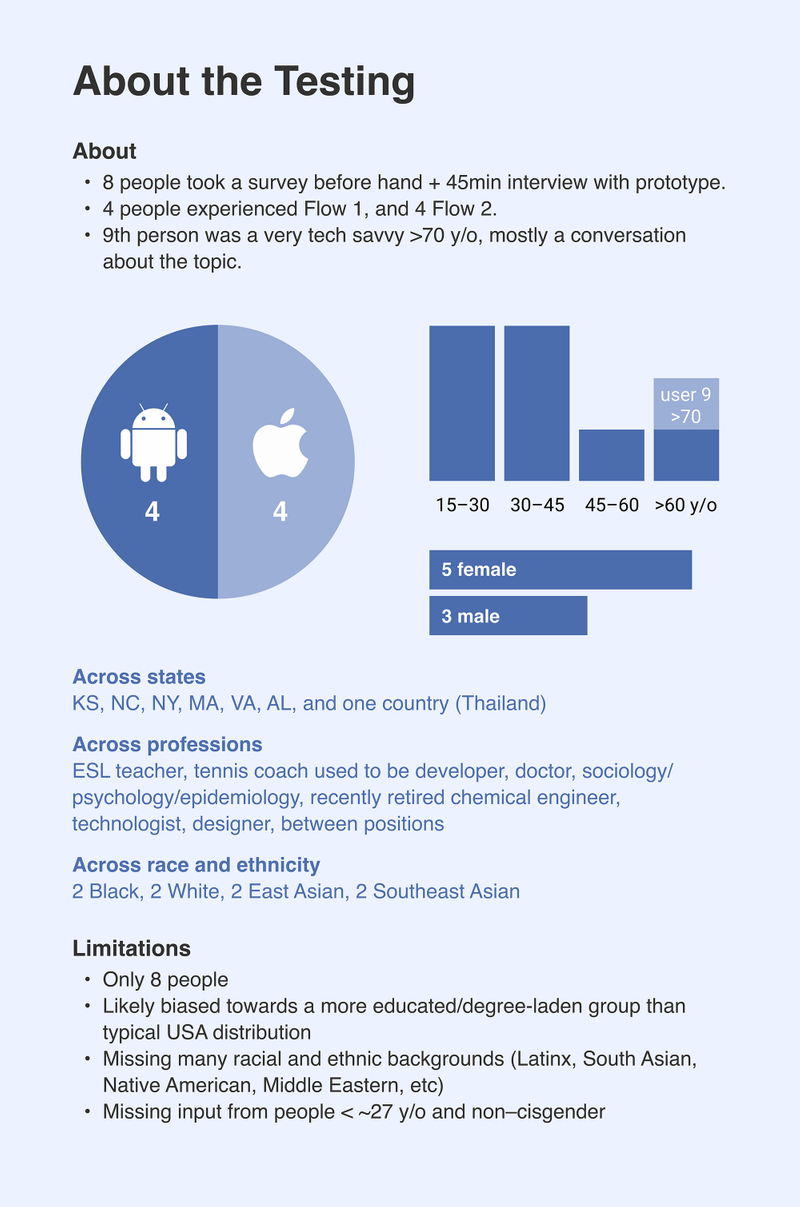 A summary of participants from one round of user testing
A summary of participants from one round of user testing
2. The challenge of creating a public service that works for everyone
Since a vaccination record could be required of any traveler, the product needed to work for those lacking in technological literacy, those with privacy concerns, those without reliable access to the internet, those in need of screen reader accessibility, and more. These concerns showed up in secondary research as well as in user feedback. We encouraged the team to advocate for a printed version of the SHC to be given to patients directly and emailed as an attachment so patients wouldn’t be required to use the digital version.
I have friends who will never carry it on their phone. They'd be hard pressed to do anything themselves. They would have trouble printing something out - unless someone issues it to them.
Interviewee
3. Interest in sharing digital health records
Despite concerns, people were more interested in having a digital version of their vaccination record than just a paper copy.
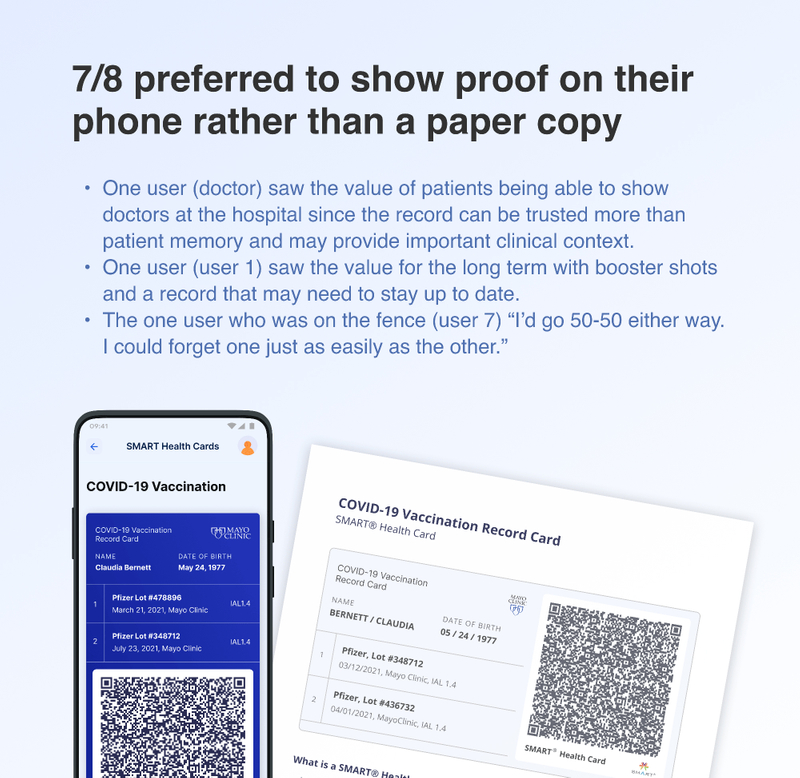
4. Emotional tension around showing vaccination status
As anticipated, our user feedback highlighted a wide (although not comprehensive) range of perspectives on sharing their COVID-19 vaccination or test result status. Some participants had no problem with sharing a verifiable digital record; some were even excited to do so. Others recounted family strife across vaccination lines and dreaded a future in which everyone would be required to show proof of all kinds of vaccinations. The topic of obtaining this type of vaccination credential (SMART Health Cards) brought up strong emotions for one individual who had already jumped through hurdles to get their credentials in a separate COVID-19 pass app. This input helped to inform messaging and phrasing to ease concerns and help set expectations appropriately where possible.
5. Obtaining a verifiable record or COVID-19 Pass must be a cohesive experience
From the team’s perspective, it was almost unfathomable that so many separate entities could come together to create, build, provide, and use SMART Health Cards. With this in mind, the limitations and usability hurdles were to be expected and understandable. However, the general public simply expected a smooth experience. For example, those already using other pass apps were not excited about the prospect of needing another similar but different pass. If they receive a “verifiable record” they expected or hoped that it would be accepted everywhere. Additionally, something as simple as inadequate email communication design could break the entire experience if not carefully crafted. Because of this, the success of SMART Health Cards would likely rely on the industry’s adoption and standardized communication and use of this new verifiable file type.
6. Infusing patient education throughout the experience
A key priority was to include education throughout the SMART Health Card experience. However, we wanted to avoid burdening the uninterested patient with pages and pages of reading material. We kept the content concise and included a “learn more” button to address frequently asked questions. We identified these frequently asked questions and concerns from our initial research and updated them based on common questions and concerns during user testing. These ways to learn more were included on the main SMART Health Card page and at the bottom of each Card page.
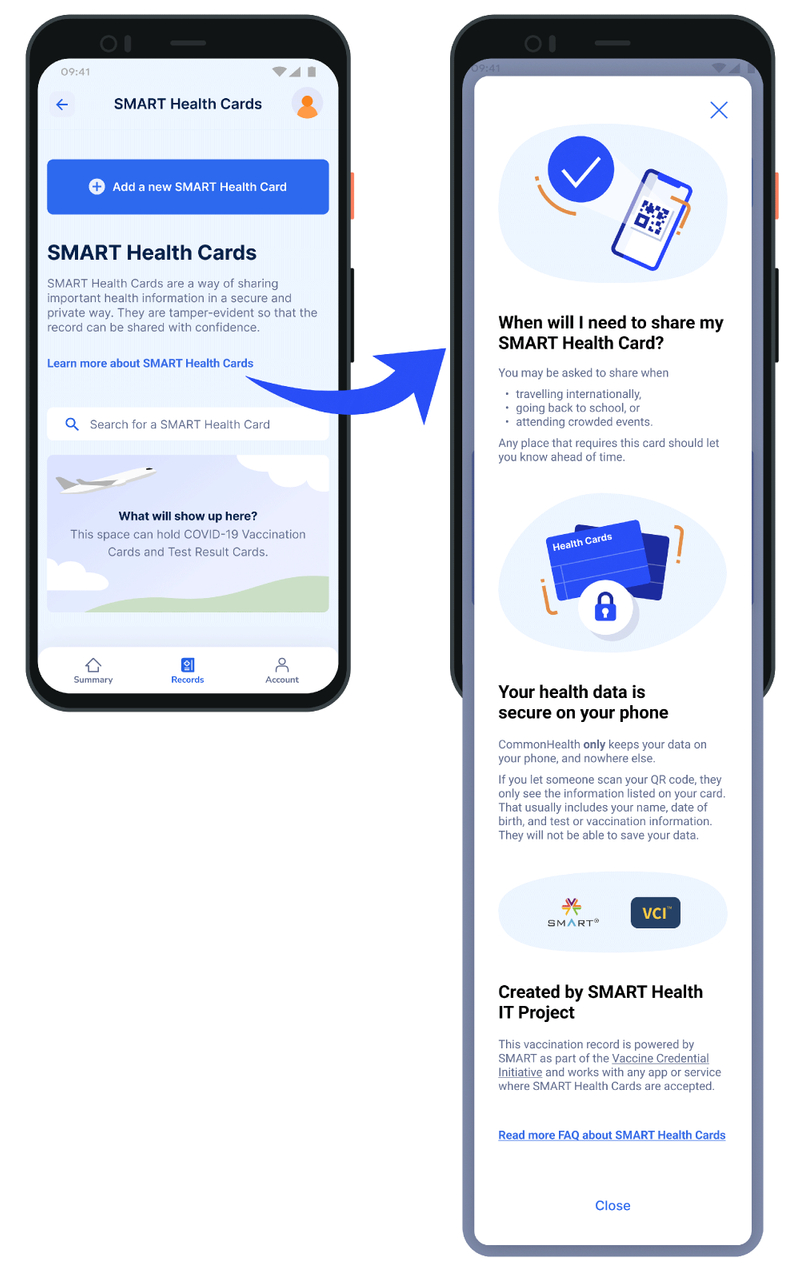 Example showing one of the multiple ways for users to dig deeper and learn more about SMART Health Cards
Example showing one of the multiple ways for users to dig deeper and learn more about SMART Health Cards
Results
 Walkthrough of SMART Health Cards displayed on the CommonHealth website, courtesy of TCP 4
Walkthrough of SMART Health Cards displayed on the CommonHealth website, courtesy of TCP 4
GoInvo digested a complex landscape in astonishingly little time and returned with insightful and creative solutions. They were an absolute joy to work with and we look forward to working with them again soon.
Eric Davis
Senior Product and Program Manager, CommonHealth
Major health and tech companies coalesced around the VCI on an international level. CommonHealth was the primary, Android-based open source platform and reference implementation for people to access and store digital patient vaccine records, and the way for most people to add their records to their Google or Samsung wallet. Open data standards based on the SMART Health Card spec, along with commercial and government buy-in, drove the toolkit’s global adoption.
Crisis can often instigate shock doctrine to the detriment of many. Instead, the VCI (and the C19HCC.org alliance), driven by private and nonprofit organizations along with The Commons Project, triggered an amazing mission that shipped: every US resident will have their verifiable vaccination record available on their phone, using open source specifications and software. While the US government struggled to perform in the midst of the chaos of a global pandemic, these alliances showed grace under pressure, delivering international aid to Washington instead of the other way around.
Together with The CommonHealth project teams, a global open source healthcare service was launched—during an ever-changing, global crisis. Good design is critical to the success of public health programs: without thoughtful engineering, design, and execution, people can feel frustrated with, and even alienated by, routine processes.
It is our collective duty to design for all.
Up next
References
- Manage Your Health Data. (n.d.). CommonHealth. Retrieved June 27, 2022, from: https://www.commonhealth.org
- The Commons Project - About. (n.d.). www.thecommonsproject.org. Retrieved June 27, 2022, from: https://www.thecommonsproject.org/about
- Nielsen, J. (2000, March 18). Why You Only Need to Test with 5 Users. Nielsen Norman Group: https://www.nngroup.com/articles/why-you-only-need-to-test-with-5-users/
- SMART Health Cards. (n.d.). CommonHealth. Retrieved June 27, 2022, from: https://www.commonhealth.org/smart-health-cards

